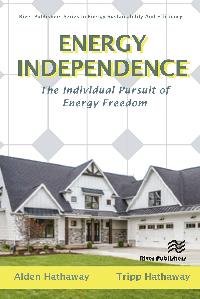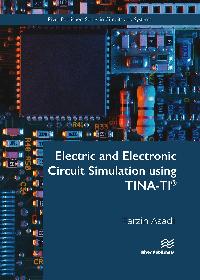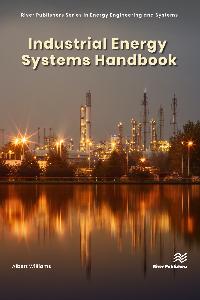

 |
Energy Independence: The Individual Pursuit of Energy FreedomAuthor: Alden M Hathaway and Tripp Hathaway |
 |
Electric and Electronic Circuit Simulation using TINA-TI®Author: Farzin Asadi |
 |
Industrial Energy Systems HandbookAuthor: Albert E. Williams, Honeyguide Energy Engineering, South Africa |
During the pandemic many operators faced managing buildings that had no occupants. As the pandemic progressed, those same operators were now challenged to operate the same buildings outside of the design requirements of the mechanical and plumbing systems. We changed the operations in ways that were exactly the opposite of our energy reduction and ESG projects completed in the years prior to the spring of 2020. We now must take all that we have learned and prepare for the future.
Equipment was value engineered and designed for reduced fresh air intake. When called upon to bring in 100% fresh air to flush the buildings, many were not capable of achieving a full building flush. They did not install economizers and disabled or malfunctioning dampers and economizers compounding the problem. One of the most noticeable deficiencies was the Building Management Systems (BMS). These systems were designed, value engineered and then operated at reduced capabilities. Many of them were never intended to operate the systems, only to monitor and provide minimal controls. This is compounded by the BMS not being able to fully function remotely.
Reduced occupancy also compounded the situation. The lack of occupants caused increased stress on the heating systems, as most systems use the human occupancy as a portion of the heating. Because there were so few occupants, the water systems were not used at the minimal level required to maintain safe and efficient operation. Reduced water flow created contamination problems in the freshwater distribution systems, unused filters, and water dispensing equipment.
While each of us can go on and on about the problems we encountered, what now must be done is to use the momentum generated by the global pandemic and help define the operational requirements that would have eliminated some if not most of the system inadequacies. Using the information that was learned about the building and their ability to responded during the pandemic, operators must now plan to repair and improve the buildings. This includes performing any deferred maintenance and reinstating any unused equipment. Improving and upgrading equipment will require capital funding and the first step is to identify a staged plan to achieve the mechanical controls and the proper systems required to support the next pandemic as well as the changes that will be made to increase health and safety as well as efficiency.
As we prepare the buildings, operating procedures, and response we must think beyond the “way we did things” and move to “how we should do things”. When you are building out the capital plan, be ready to explain how these projects and repairs will enable you to more quickly and efficiently respond to future issues.
RP Book Discussion – Energy Independence, Alden M Hathaway and Tripp HathawayPhilippa Jefferies talks to Alden Hathaway and Tripp Hathaway about their forthcoming book ‘Energy Independence: The Individual Pursuit of Energy Freedom’, which presents a plan where the average homeowner can not only achieve energy independence for their household, but usher in the new energy economy. |
 |
Distributed Generation & Alternative Energy JournalVijay K. SoodThis is a quarterly publication that provides detailed information on the latest developments in fields such as: Distribution and generation, Demand side response and management Smart local energy systems (including smart cities), Renewables and other cleantech developments. |
 |
Strategic Planning for Energy and the EnvironmentMedani P. BhandariThis journal features publications of high quality and multi-faceted articles encompassing planning and policies and research and development in the field of energy and environment for global sustainability and harmony. |
